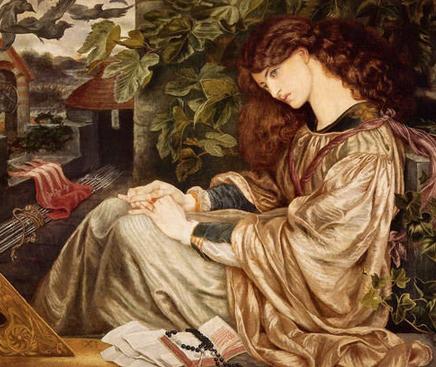But that didn't work on every page.
但不是對每一頁都有用。
But then, there was this new idea that came from a scientist studying spinach.
接著,一位研究菠菜的科學(xué)家提出了一個新主意。
Spinach?
菠菜?
Yes. Spinach. This physicist, Uwe Bergman, does research that involves studying iron in spinach.
對。菠菜。這位物理學(xué)家屋維·博格曼的研究中包括研究菠菜中的鐵。
He was reading an article about problems with the palimpsest and it said that there is iron in the original Archimedes' ink.
他看到一篇關(guān)于重寫本問題的文章,里面提到,最初阿基米德用的墨水里含有鐵。

So he came up with an idea to use the same method of looking at iron in spinach to view the iron on the palimpsest pages.
他就想出了一個主意,用觀察菠菜中的鐵同樣的方法來觀察重寫本書頁中的鐵。
And his idea worked.
他的主意很有用。
Bergman's technique allows X—rays to pass through the forged paintings, pass through the scribe's writing to hit the iron traces from the ink of the original Archimedes' text and create an image just of the iron on the pages.
博格曼的方法就是讓X射線穿透那些偽造的圖案,穿透抄寫員的字跡,找到最初的阿基米德文本里墨水所含的鐵,并生成圖像,只反映出書頁中的鐵。
The iron—based letters seem to just pop off the page.
含鐵的字母直接在書頁中凸顯出來了。
The original text and diagrams emerged, line by line, diagram after diagram.
原始文本一行接一行出現(xiàn)了,圖表也是,一個接一個都顯現(xiàn)了。
And that's kind of typical of our field.
這在我們的領(lǐng)域來說很常見。
There's a lot of interdisciplinary work.
很多的工作都是跨學(xué)科的。
People from several different fields might be involved in working with a single art.
來自不同領(lǐng)域的人可能都會參與到同一件藝術(shù)品的工作中來。










